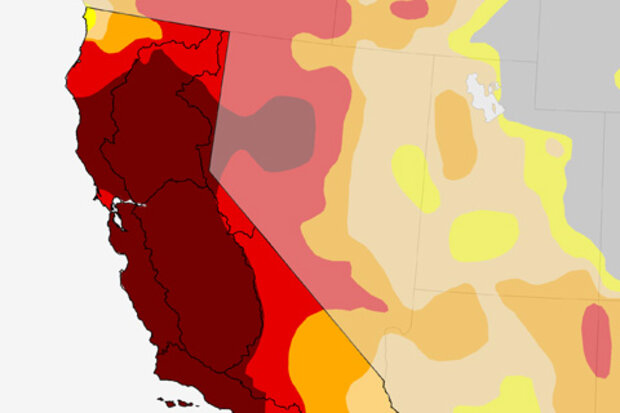Blogs
A recent post on the Climate Prediction Center’s (CPC) winter forecast brought out several comments wondering about the quality of these seasonal forecasts. Folks asked: how good are these forecasts? (They have skill. I’ll show you over a couple of posts.) Do we even check? (Of course!) What about the Farmer’s Almanac? (No comment.)
Grading forecasts, or in nerd-speak, verification, is incredibly important. Not to get philosophical, but, like pondering the sound a tree makes in the woods if no one is around, a forecast is not a useful forecast if it is never validated or verified. After all, anyone can guess (educated or… not) at what will happen. I could give you my thoughts on what the …
Read article
This is a guest post by Mat Collins, who is the joint Met Office Chair in Climate Change and professor in the College of Engineering, Mathematics, and Physical Sciences at the University of Exeter in the UK. You can follow him on Twitter @mat_collins.
Tom previously touched on how climate change might affect ENSO, emphasizing the 2013 AR5 Intergovernmental Panel on Climate Change (IPCC) statement (footnote 1), which basically said that ENSO (the El Niño-Southern Oscillation) will continue, but we don’t know if or how its frequency or intensity might change.
That’s the answer we get when we look at the question head-on. But what about when we look at it more indirectly? Loo…
Read article
The first Thursday of every month is when we do the CPC/IRI ENSO status update, when NOAA officially answers the question “Are we there yet?” This month, the answer is...close, but no cigar.
Sea surface temperatures (SSTs) in the Niño3.4 region of the Pacific were quite warm during November, with the most recent weekly Niño3.4 index value at +1.0°C above average. The threshold for El Niño conditions is +0.5° above average for one month, and most of the climate models are forecasting that SSTs will stay above average for at least a few more months. Then why haven’t we changed from an “El Niño Watch” (favorable for development of El Niño conditions) to an “El Niño Advisory” (El Niño conditi…
Read article
With the Thanksgiving holiday fast approaching; my thoughts are quickly shifting from trying to make sense of the current ENSO picture to heaping mounds of stuffing and turkey. With that in mind and with full realization that this is one of the busiest travel days of the year, I tried to keep today’s ENSO blog post simple, involving a question I was asked repeatedly during my recent trip to California:
What’s the deal with El Niño and California rainfall? An El Niño means lots of rain, right?
First off, why are folks so desperate for rain in California? Well, it has been incredibly dry. The drought in California (Figure 1) has been a national news story for over a year. With a large po…
Read article
After a memorably cold winter in the central and eastern United States last year, and some very cold weather this month, folks are likely wondering if this cold weather is a harbinger of things to come. The simple answer is “not necessarily,” as the persistence of weather and climate from one winter to the next or even one month to the next is usually fairly low (Livezey and Barnston 1988; Barnston and Livezey 1989; Van den Dool 1994). While “persistence”—the prediction that recent conditions will continue—is a simple forecast to make, it rarely proves to be as accurate as forecasts made using dynamical models or more advanced statistical methods (1).
So does that mean this wo…
Read article




